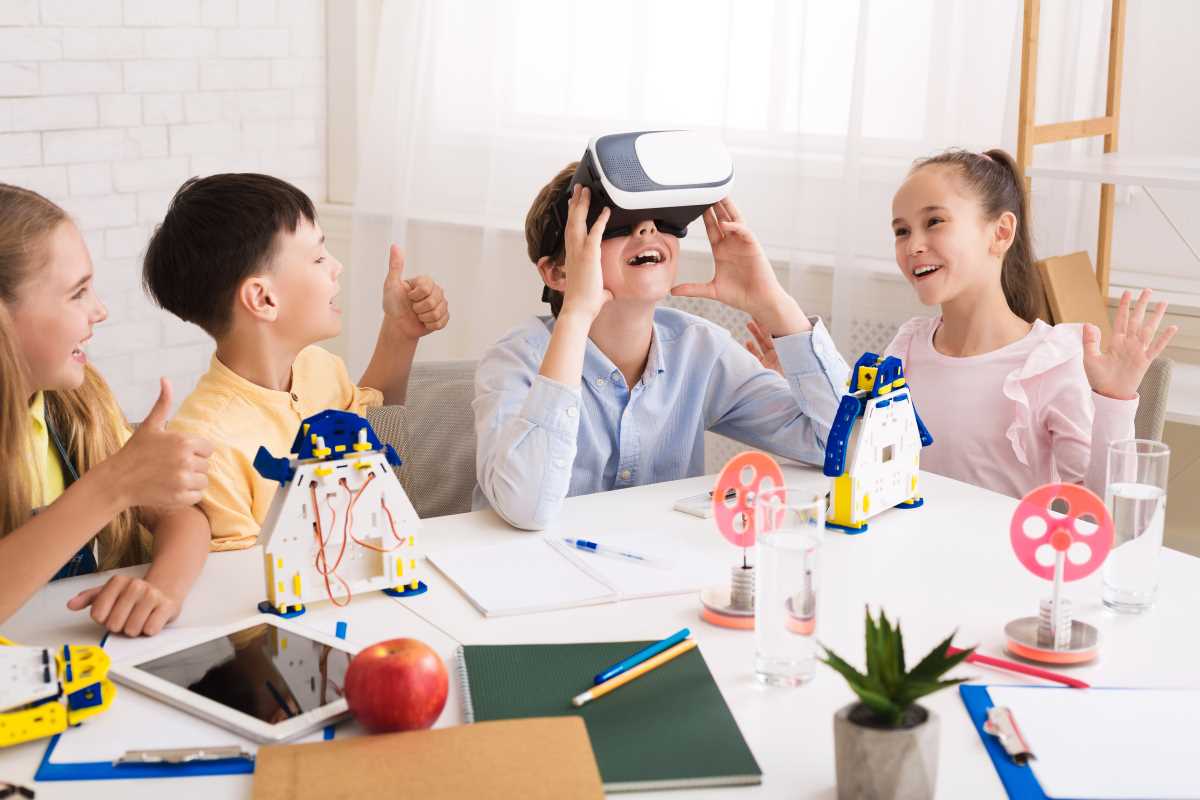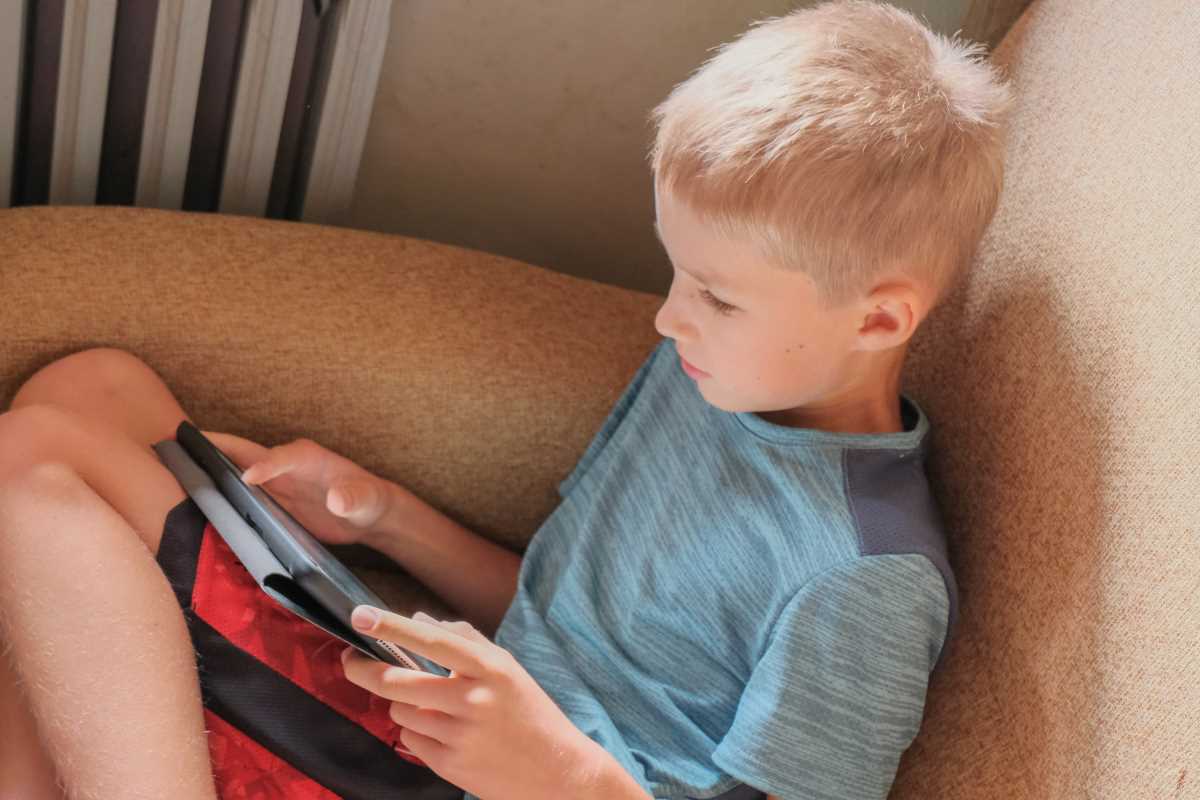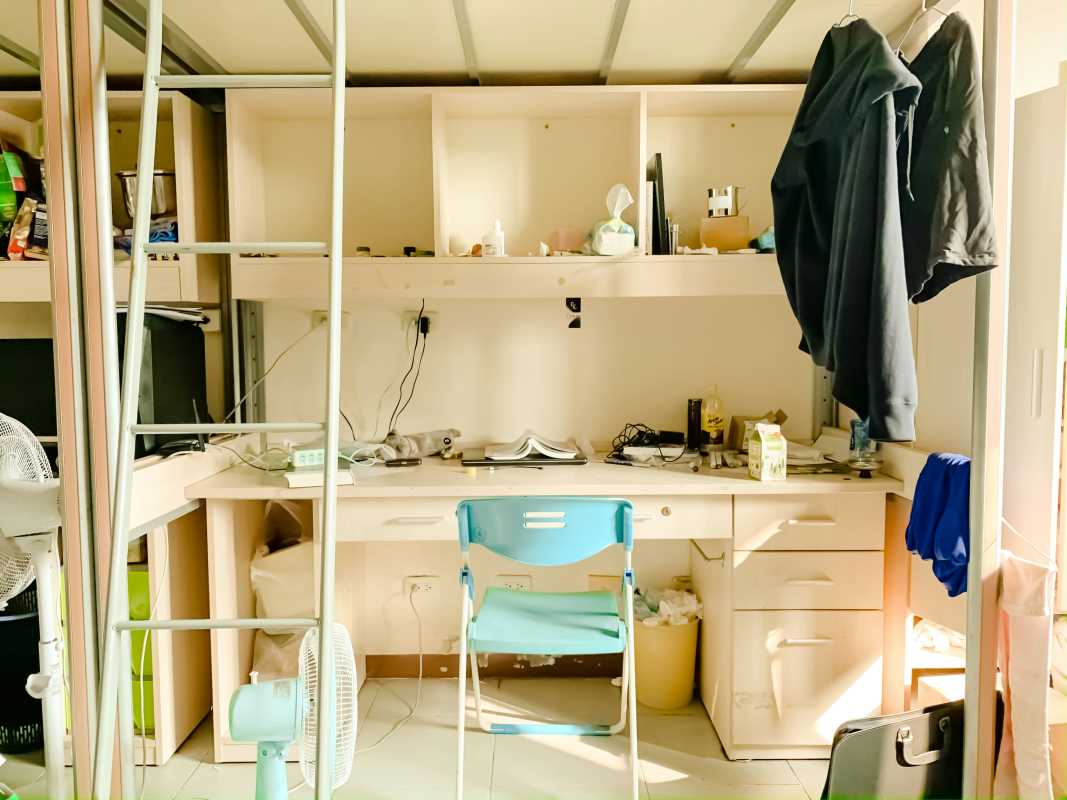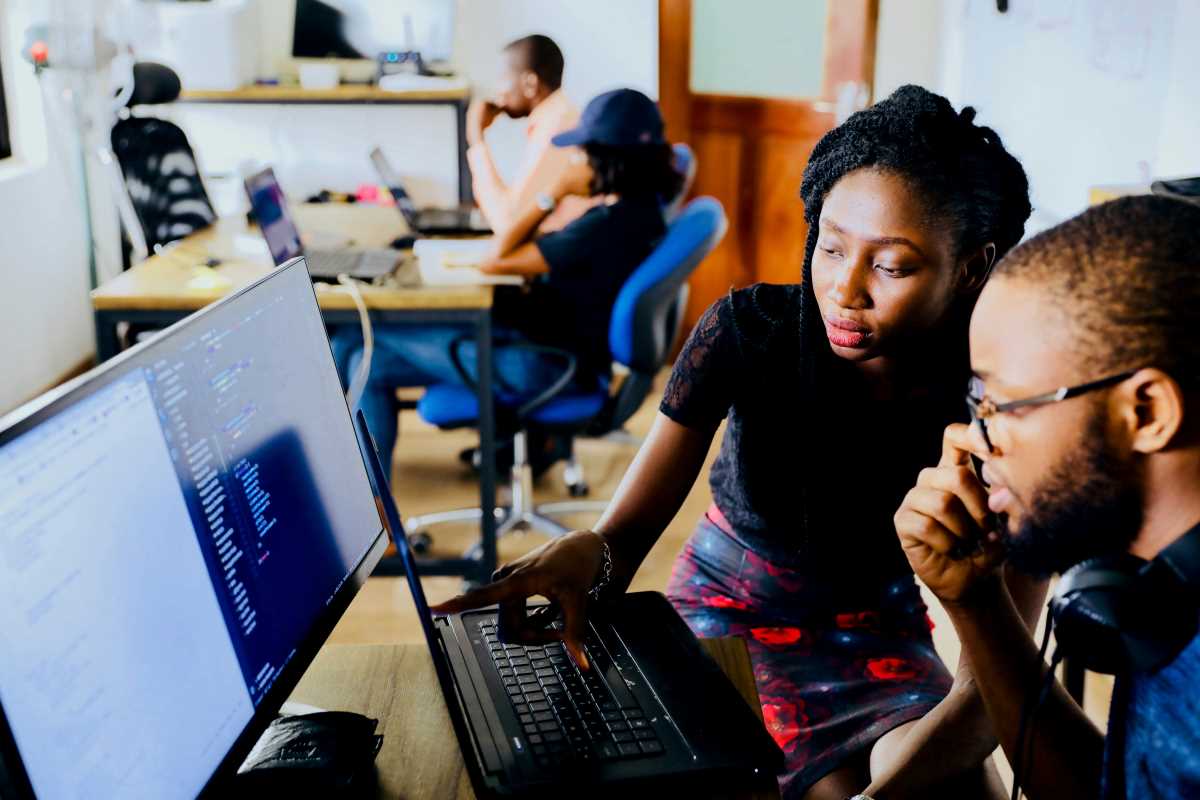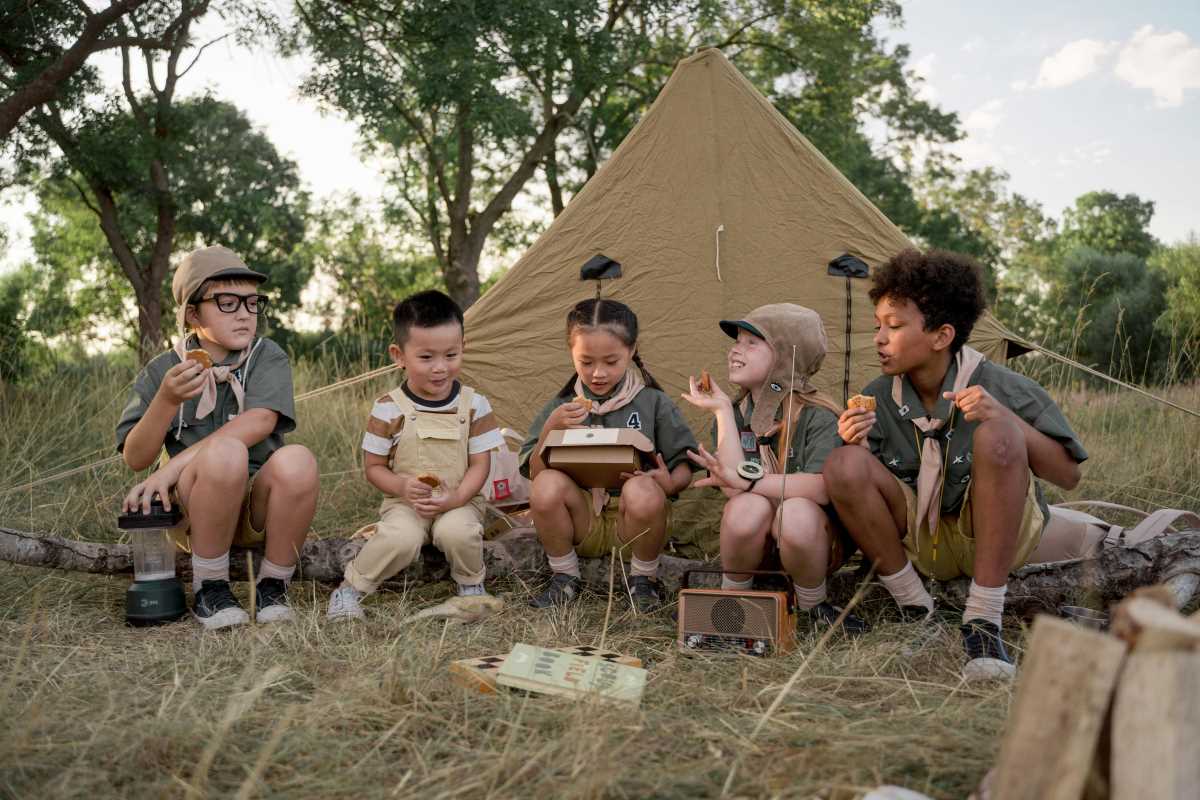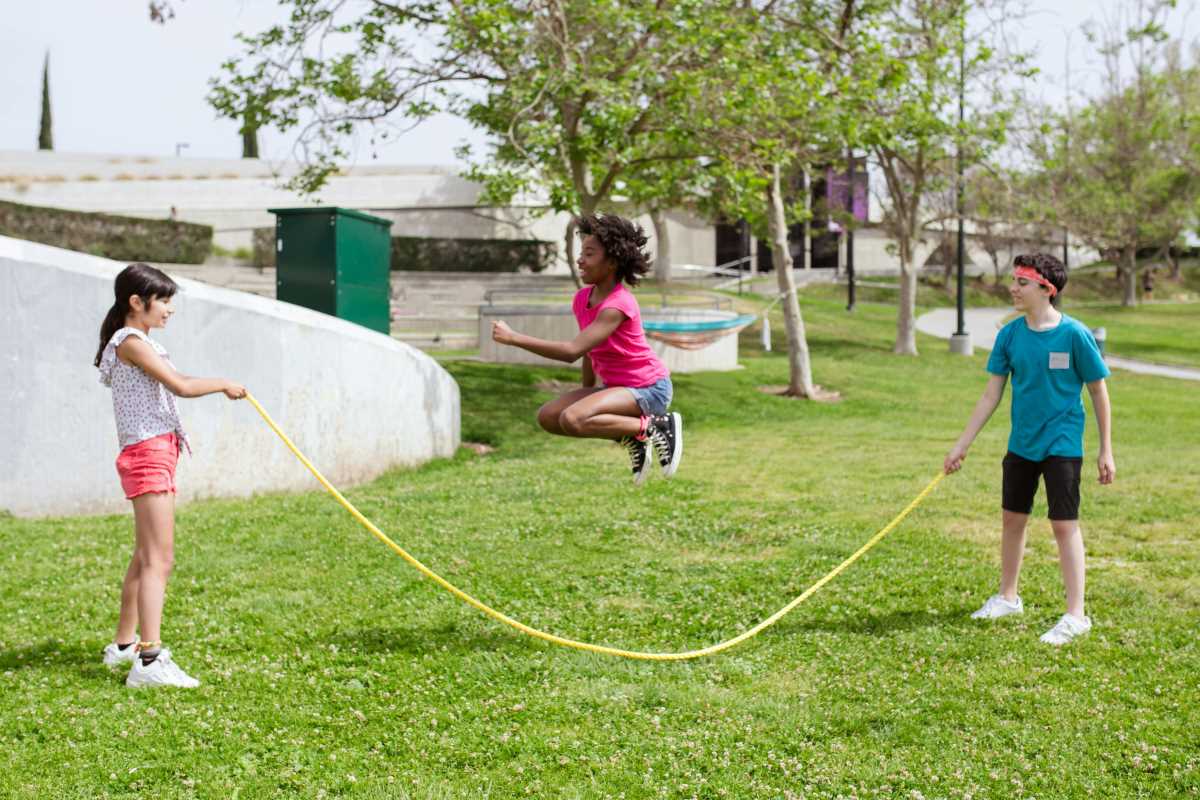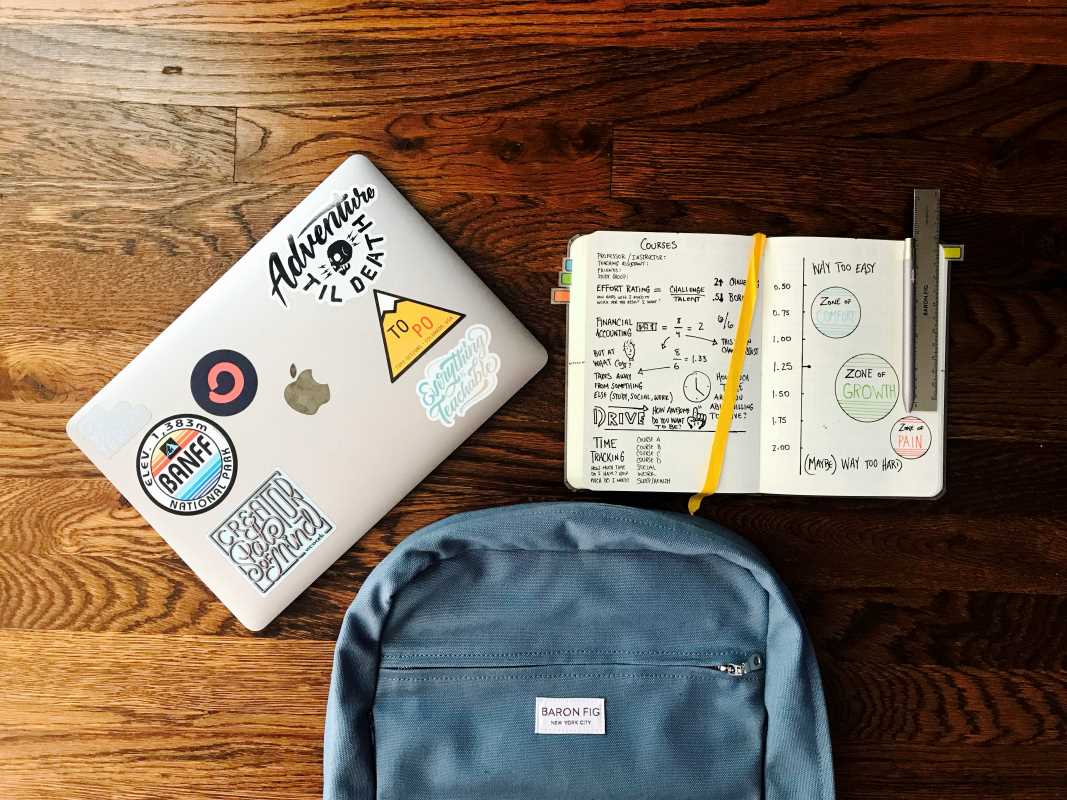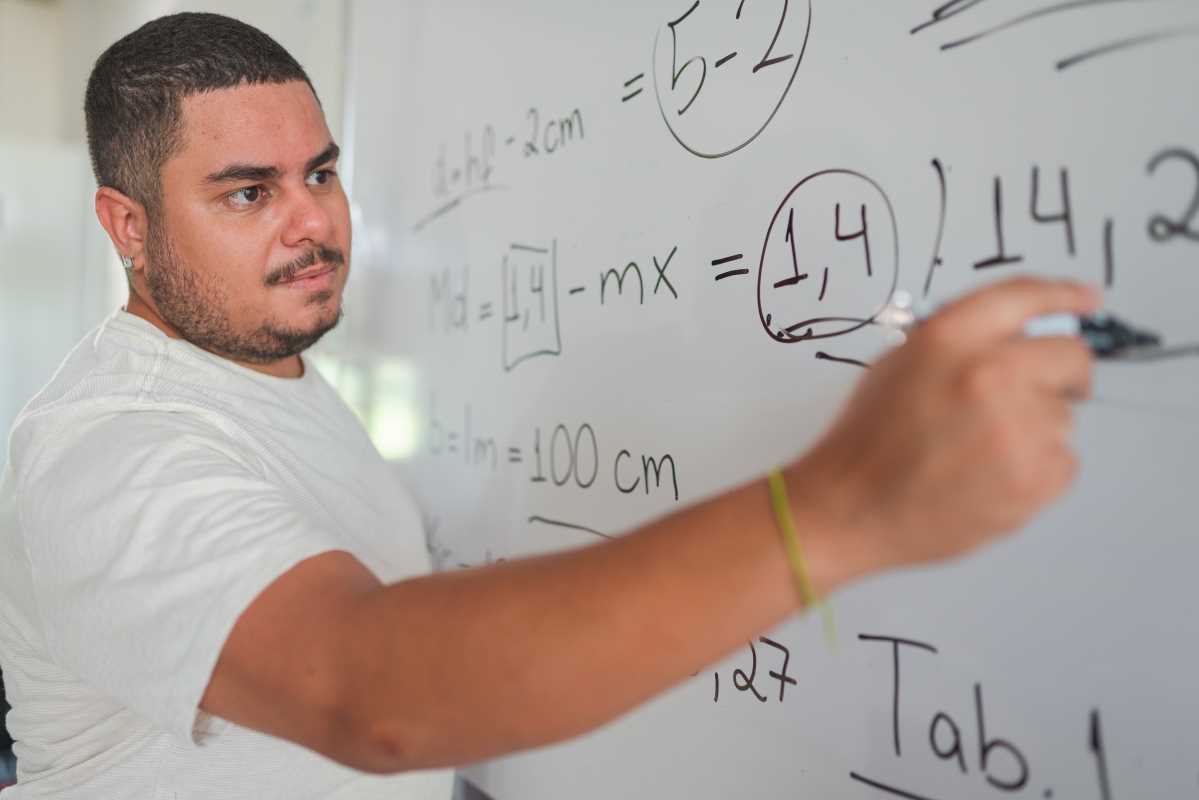Science isn’t just found in textbooks or laboratories. Some of the most exciting and memorable lessons happen right at home, using everyday items found in your kitchen, bathroom, or garage. Home science experiments for kids not only spark curiosity, but also encourage critical thinking, problem-solving, and a lifelong love of discovery. Whether you have little ones or tweens, here's a wide range of engaging and safe science experiments that you can try at home right now.
Why Home Science Experiments Matter
Children are naturally curious. They love to ask questions, discover new things, and explore the world around them. Home science experiments build on that sense of wonder. Hands-on activities transform learning from an abstract concept into a concrete, interactive experience. Science at home also breaks down the notion that scientific discovery is reserved for experts with fancy equipment. Instead, it shows kids (and adults!) that anyone can be a scientist.
By guiding your child through experiments, you’re not just teaching them academic skills. You’re fostering patience, creativity, observation, and communication. Plus, these projects create opportunities for family bonding and screen-free fun.
Safety First
Before you start, keep a few safety tips in mind:
- Supervise all experiments, especially those involving heat, chemicals, or small items that could be choking hazards.
- Read through the experiment before starting, so you can gather all materials and understand the steps.
- Wear gloves or goggles for experiments with vinegar, baking soda, or food coloring to prevent skin or eye irritation.
- Clean up thoroughly after each activity.
With a little preparation and common sense, home science can be a safe and exhilarating adventure.
1. The Classic Volcano Eruption
Few experiments are as memorable as building your own erupting volcano. This activity demonstrates chemical reactions—in particular, what happens when an acid (vinegar) meets a base (baking soda).
Materials Needed
- Small plastic cup or bottle
- Baking soda
- Vinegar
- Dishwashing liquid
- Red food coloring (for extra effect)
- Tray or baking dish
- Playdough or modeling clay (optional, for volcano shape)
Instructions
- Place the cup or bottle in the center of the tray.
- Use playdough to sculpt a volcano shape around the cup. Don’t cover the opening!
- Add 2-3 tablespoons of baking soda into the cup.
- Mix in a squirt of dishwashing liquid and a couple of drops of food coloring.
- Pour 1/2 cup of vinegar into the cup and watch your volcano erupt!
What’s Happening?
Vinegar (an acid) reacts with baking soda (a base), creating carbon dioxide gas. The gas builds up and causes the mixture to fizz and flow out of the volcano, mimicking a lava eruption.
2. Rainbow in a Jar
Teach your child about density and layering with this beautiful, hands-on experiment.
Materials Needed
- A tall, clear glass jar
- Honey or corn syrup
- Dish soap
- Water
- Vegetable oil
- Rubbing alcohol
- Food coloring
Instructions
- Pour a layer of honey or corn syrup into the jar.
- Tilt the jar and carefully add dish soap so it sits on top of the honey.
- Color some water with blue food coloring and gently pour it atop the dish soap layer.
- Slowly add a layer of vegetable oil.
- Mix rubbing alcohol with a different food color and pour it as the final layer.
- Watch as each layer floats atop the previous one, creating a rainbow effect.
What’s Happening?
Each liquid has a different density. The heaviest sinks to the bottom, while the lightest floats above. The colored layers create a stunning visual while explaining an important scientific concept.
3. Magic Milk
This simple experiment is a favorite for preschoolers and older kids alike, introducing concepts of surface tension.
Materials Needed
- Whole milk (not skim or low-fat)
- Dish soap
- Food coloring
- Cotton swabs
- Shallow dish or plate
Instructions
- Pour milk into the dish so it covers the bottom.
- Add drops of various food coloring around the surface.
- Dip a cotton swab in dish soap, then touch it to the surface of the milk.
- Watch the colors swiftly swirl and dance.
What’s Happening?
The soap breaks the surface tension of the milk and interacts with its fat molecules, causing the food coloring to move in fascinating patterns.
4. DIY Rock Candy Crystals
Patience is key with this experiment, but the results are worth it. Kids will learn about crystallization while growing their own edible crystals.
Materials Needed
- 2 cups of water
- 4 cups of granulated sugar
- Saucepan
- Wooden skewers or string
- Glass jar
- Clothespin or pencil
Instructions
- Heat water in a saucepan, then slowly add sugar, stirring until it dissolves.
- Once the solution is saturated (can’t dissolve any more sugar), remove it from heat.
- Pour the solution into a clean jar.
- Dip a wooden skewer in water, roll it in sugar, and then suspend it into the jar using a clothespin or pencil to keep it from touching the sides.
- Allow the jar to sit undisturbed for several days. Watch as crystals start forming on the skewer!
What’s Happening?
As the solution cools and evaporates, sugar particles form crystals on the skewer. This visualizes solubility and evaporation in a fun way.
5. Indoor Rain Cloud
Create your own weather and witness how rain falls from clouds.
Materials Needed
- Clear glass
- Water
- Shaving cream
- Blue food coloring (or another color)
- Dropper or spoon
Instructions
- Fill the glass with water to about 2/3 full.
- Add a fluffy layer of shaving cream on top to represent the cloud.
- Drop colored water onto the shaving cream cloud.
- Observe how the colored water eventually drips through, mimicking rainfall.
What’s Happening?
The shaving cream holds the colored water like a cloud holds moisture. Once it’s too heavy, the “rain” falls into the glass.
6. Dancing Raisins
Here’s a quick but fascinating experiment about bubbles and buoyancy.
Materials Needed
- Clear cup or glass
- Carbonated water or clear soda
- A handful of raisins
Instructions
- Fill the glass with carbonated liquid.
- Drop in a few raisins.
- Wait as the bubbles stick to the raisins, lifting them to the surface. Once the bubbles pop, the raisins sink again.
What’s Happening?
The bubbles attach to the rough surface of the raisins, lifting them. This demonstrates buoyancy and the effect of gases in liquids.
7. Homemade Lava Lamp
This groovy experiment offers kids a lesson in density, solubility, and chemical reactions all at once.
Materials Needed
- Clear plastic bottle
- Water
- Vegetable oil
- Food coloring
- Alka-Seltzer tablets
Instructions
- Add water to fill 1/4 of the bottle.
- Pour in vegetable oil to fill most of the rest, leaving an inch of space.
- Add a few drops of food coloring. It’ll sink through the oil and mix with the water.
- Break an Alka-Seltzer tablet into pieces and drop one in.
- Watch the colored blobs dance around!
What’s Happening?
Oil and water don’t mix due to their varying densities and polarity. The Alka-Seltzer reacts with the water to form gas bubbles, which carry colored water through the oil, just like a real lava lamp.
8. Invisible Ink
Write secret messages with science!
Materials Needed
- Lemon juice or milk
- Cotton swab or paintbrush
- White paper
- Lamp or iron
Instructions
- Dip the swab in lemon juice or milk and write a message on the paper.
- Allow the paper to dry.
- To reveal the message, hold the paper close to a warm lamp bulb or pass a warm iron (with adult help) over it.
What’s Happening?
The juice or milk oxidizes and turns brown when heated, making your "invisible" message visible.
9. Egg in a Bottle
Amaze your kids with this classic demonstration of air pressure.
Materials Needed
- Hard-boiled egg, peeled
- Glass bottle with a mouth just smaller than the egg (an old milk bottle is perfect)
- Matches
- Small strip of paper
Instructions
- Light the paper strip and drop it into the bottle.
- Quickly place the egg, narrow end down, into the mouth of the bottle.
- Observe as the egg gets sucked inside.
What’s Happening?
The burning paper heats the air inside the bottle, causing it to expand. When the flame goes out, the air cools and contracts, creating lower pressure inside. The higher pressure outside pushes the egg in.
10. Walking Water
Explore capillary action with this colorful experiment.
Materials Needed
- 3 or more clear cups
- Paper towels
- Water
- Food coloring
Instructions
- Fill two cups with water and color each with a different food dye.
- Place an empty cup between the two filled ones.
- Roll up two strips of paper towel and place one end of each strip in the colored water, and the other end in the empty cup.
- Watch as the colored water “walks” through the paper towel and mixes in the center cup.
What’s Happening?
Water moves up and over the towel due to capillary action, showing how plants draw water from the soil.
Bringing Science to Life at Home
These hands-on projects aren’t just fun; they provide a strong foundation in scientific thinking. After finishing each experiment, encourage your kids to ask questions. What did they expect to happen? What surprised them? Can they think of a way to change the experiment for a new result?
To go even further:
- Record Results - Keep a science journal with measurements, drawings, and notes for each project.
- Predict and Hypothesize - Before each experiment, have kids guess what will happen and why.
- Build on Curiosity - Turn everyday moments into science lessons. Why does the bread rise? How does soap clean?
You don’t need a lab coat or a degree to inspire a love of science. With a pinch of curiosity and a few household items, you can transform your kitchen or living room into the coolest science lab on the block. Whether you’re helping your child understand how clouds make rain or how acids and bases react, the most important thing is to keep exploring, asking questions, and enjoying science together.
